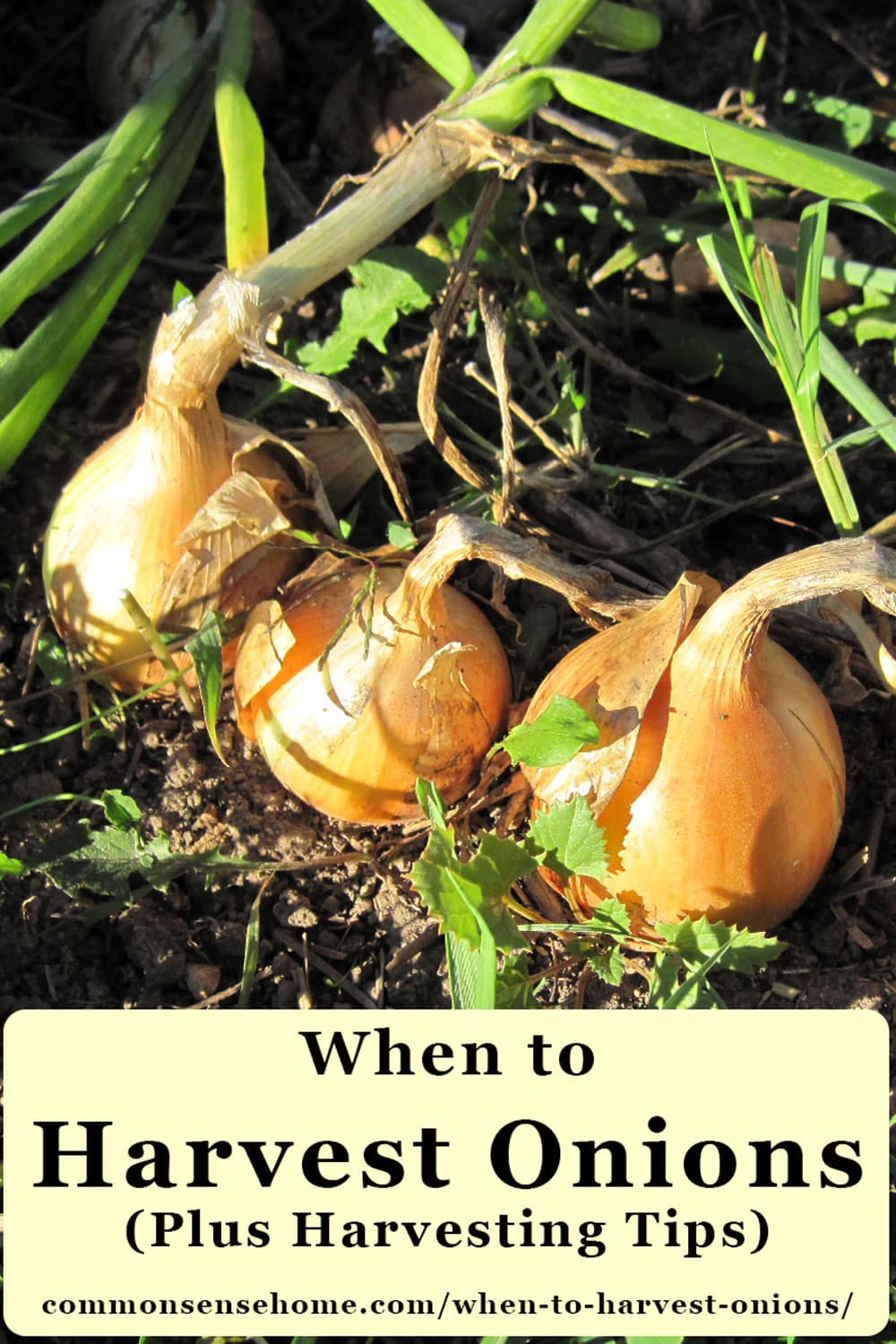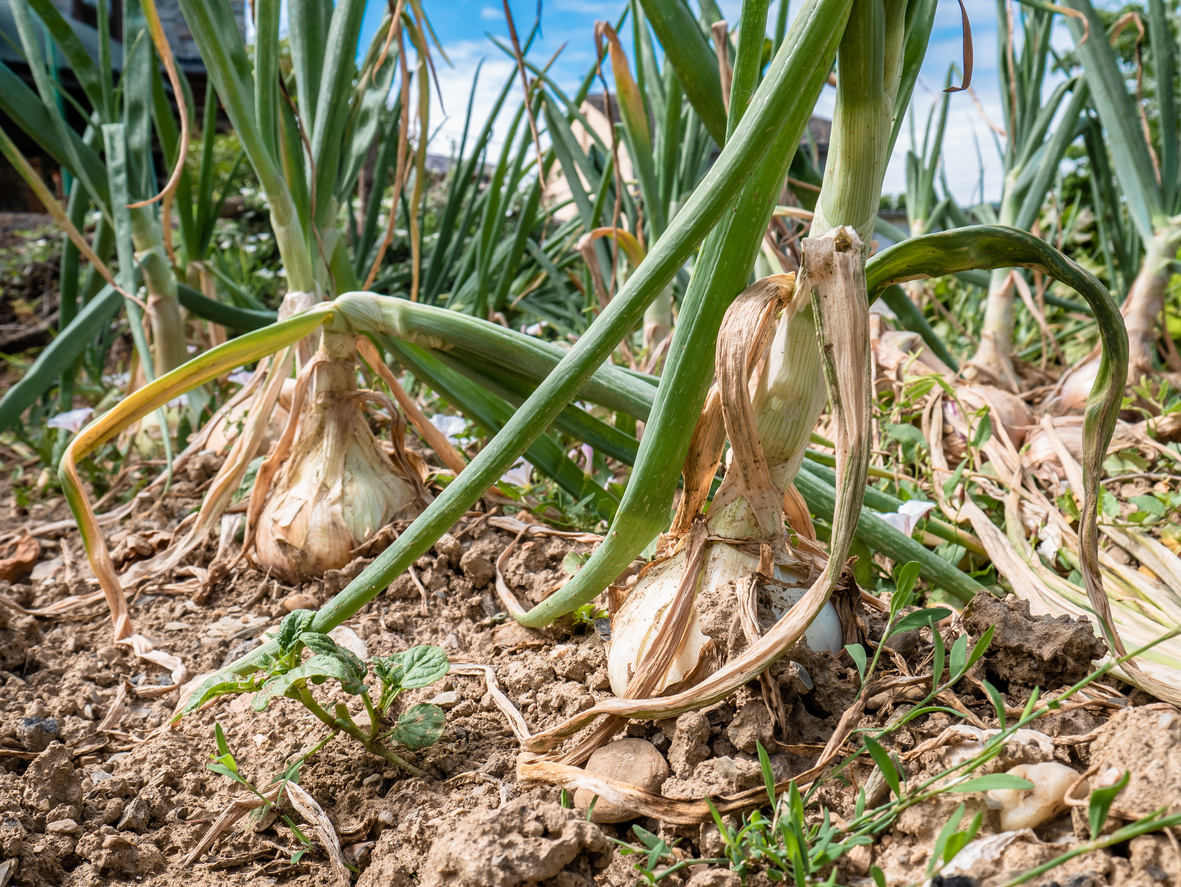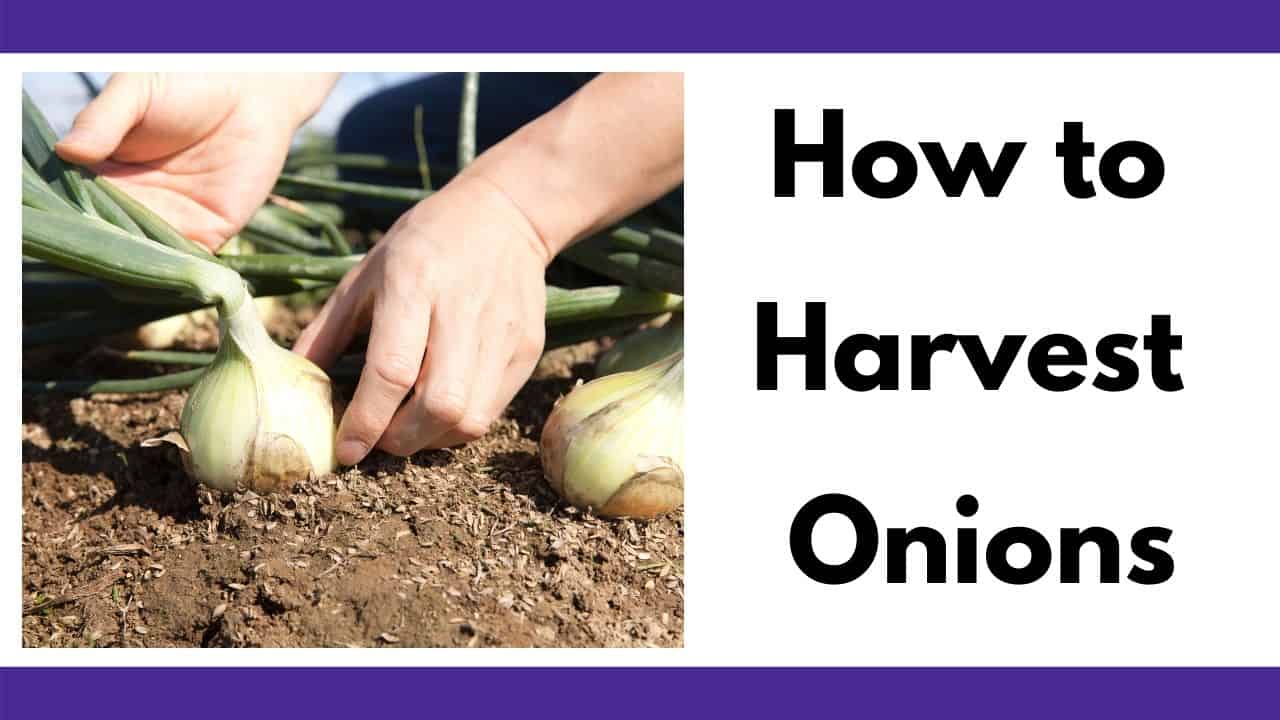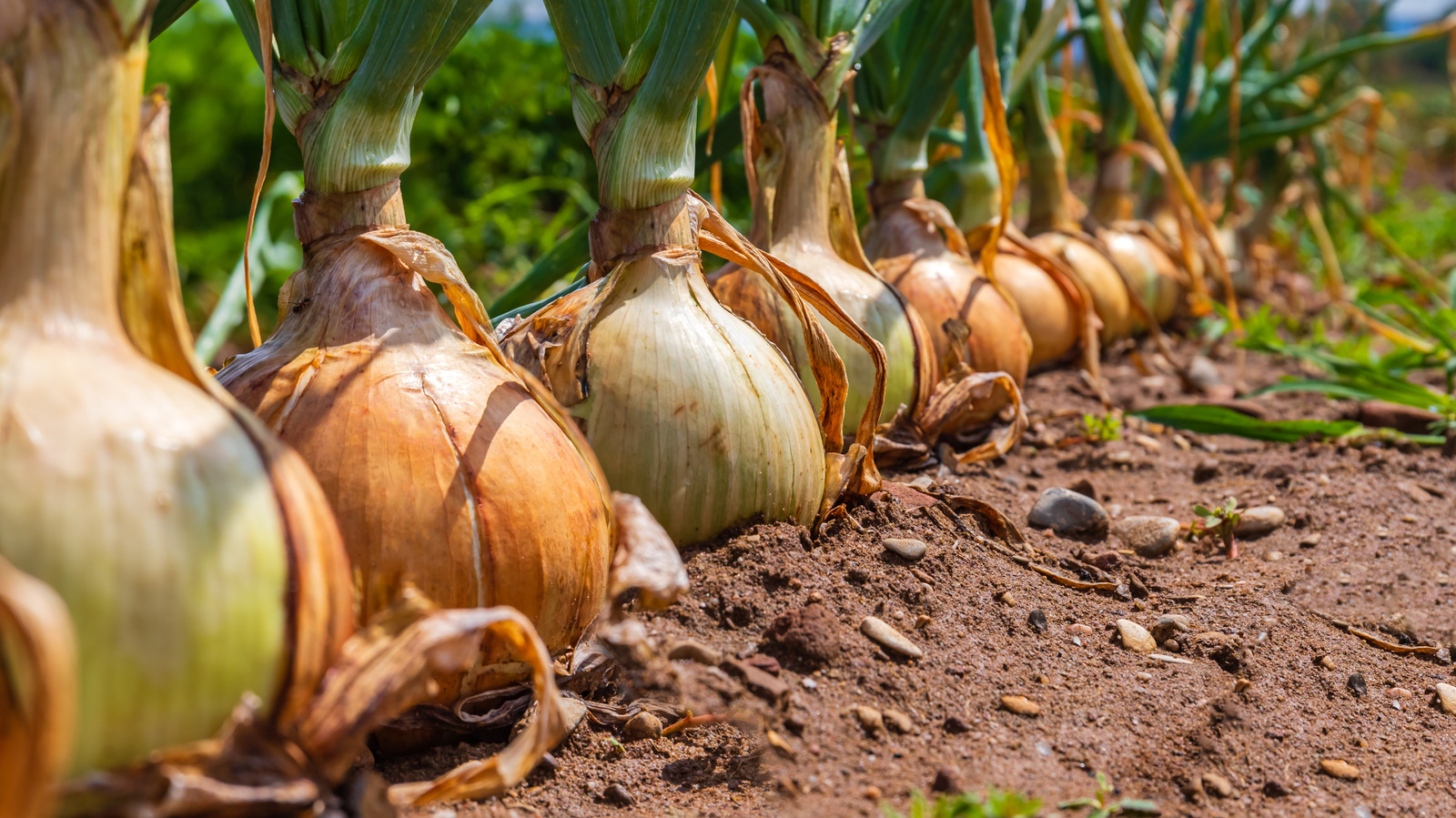Recognizing the Signs of Maturity
Timing is crucial when it comes to harvesting onions. Harvesting onions at the right time ensures they have the best flavor, texture, and storage quality. Onions that are harvested too early may not have developed their full flavor and texture, while those harvested too late may become over-mature and prone to rot. Unfortunately, many gardeners make the mistake of harvesting onions too early or too late, which can result in a lower quality crop. To avoid this, it’s essential to understand how to tell when to harvest onions. By recognizing the signs of maturity, gardeners can ensure they harvest their onions at the optimal time, resulting in a better-tasting and longer-lasting crop. This knowledge is key to mastering the art of onion harvesting and enjoying a successful onion crop.
Understanding Onion Growth Stages
Onions go through several growth stages, from planting to maturity, and understanding these stages is crucial in determining the optimal harvest time. The first stage, germination, occurs when the onion seedling emerges from the soil. During this stage, the seedling develops its roots and begins to grow its leaves. As the onion continues to grow, it enters the vegetative stage, where it focuses its energy on developing its leaves and roots. The next stage is bulbing, where the onion begins to form its bulb. This stage is critical, as it determines the size and quality of the onion. Finally, the onion reaches maturity, where the tops of the plants begin to yellow and fall over, indicating that the onion is ready to harvest. By understanding these growth stages, gardeners can better determine when to harvest their onions, ensuring they are picked at the optimal time for maximum flavor, texture, and storage quality.
Visual Cues for Harvesting Onions
One of the most critical steps in mastering the art of onion harvesting is recognizing the visual cues that indicate onions are ready to harvest. These cues are essential in determining the optimal harvest time, ensuring that onions are picked at the peak of flavor, texture, and storage quality. So, how to tell when to harvest onions? Look for the following visual signs: yellowing or falling leaves, softening of the neck, and changes in color or texture. As onions mature, the leaves will begin to turn yellow and fall over, signaling that the bulb is ready to harvest. The neck of the onion will also begin to soften, making it easier to dig up the bulb without damaging it. Additionally, the color and texture of the onion will change, becoming more vibrant and firm. By paying attention to these visual cues, gardeners can ensure they harvest their onions at the right time, resulting in a better-tasting and longer-lasting crop.
The Role of Weather in Onion Harvesting
Weather conditions play a significant role in onion growth and harvesting. Temperature, humidity, and sunlight can affect the rate of growth, bulb formation, and ultimately, the harvest time. For instance, onions grown in regions with high temperatures and low humidity may mature faster than those grown in cooler, more humid climates. Understanding how weather patterns impact onion growth is crucial in determining the optimal harvest time. By monitoring weather conditions, gardeners can adjust their harvesting schedules accordingly. For example, if a heatwave is expected, gardeners may need to harvest their onions earlier to prevent them from becoming over-mature. On the other hand, if the weather is cool and wet, gardeners may need to delay harvesting to allow the onions to fully mature. By taking weather conditions into account, gardeners can ensure they harvest their onions at the right time, resulting in a better-tasting and longer-lasting crop. When it comes to how to tell when to harvest onions, understanding the role of weather is essential in making informed decisions.
How to Check for Onion Maturity
To determine if onions are ready to harvest, gardeners need to check for maturity without damaging the bulb or roots. Here’s a step-by-step guide on how to do it: Start by gently digging around the onion plant with a fork, being careful not to pierce the bulb. Loosen the soil around the onion, working your way around the plant in a circular motion. As you dig, look for signs of maturity, such as a bulb that has formed and is visible above the soil line. Check the neck of the onion, which should be dry and papery, indicating that the onion is fully mature. If the onion is not yet mature, cover it back up with soil and wait a few more days before checking again. By following these steps, gardeners can ensure they harvest their onions at the right time, resulting in a better-tasting and longer-lasting crop. Remember, knowing how to tell when to harvest onions is crucial in achieving the best results. By checking for maturity regularly, gardeners can avoid common mistakes, such as pulling the onions too early or too late.
Harvesting Onions at the Right Time
By now, it’s clear that harvesting onions at the right time is crucial for achieving the best flavor, texture, and storage quality. To summarize, gardeners need to recognize the signs of maturity, understand the different growth stages, and adjust their harvesting schedules according to weather patterns. By following these steps, gardeners can avoid common mistakes and ensure a successful harvest. Remember, knowing how to tell when to harvest onions is key to achieving the best results. With patience and attention to detail, gardeners can enjoy a bountiful harvest of delicious and healthy onions. Don’t be discouraged if it takes some trial and error to get it right – with practice, gardeners will develop the skills and intuition needed to harvest onions at the perfect time. By mastering the art of onion harvesting, gardeners can take their skills to the next level and enjoy the many rewards of growing their own onions.
Tips for Storing and Preserving Harvested Onions
Once onions are harvested, it’s essential to store and preserve them properly to maintain their flavor and texture. One of the most critical steps is drying, which helps to remove excess moisture and prevent rot. To dry onions, gardeners can tie them in small bunches and hang them upside down in a warm, dry, and well-ventilated area. It’s also important to cure onions, which involves allowing them to dry further in a cool, dark place. This process helps to form a papery skin that protects the onion from moisture and disease. When storing onions, gardeners should keep them in a cool, dry place, away from direct sunlight and moisture. Onions can be stored in mesh bags, paper bags, or even in a root cellar. By following these tips, gardeners can enjoy their harvested onions for months to come. Remember, knowing how to tell when to harvest onions is just the first step – proper storage and preservation are crucial for enjoying a bountiful harvest.
Common Onion Harvesting Mistakes to Avoid
While harvesting onions can be a rewarding experience, it’s not without its challenges. Many gardeners make common mistakes that can affect the quality and flavor of their onions. One of the most common mistakes is pulling onions too early, which can lead to immature bulbs that are prone to rot. Another mistake is not drying onions properly, which can cause them to spoil quickly. Additionally, storing onions in the wrong conditions, such as high humidity or direct sunlight, can also affect their quality. To avoid these mistakes, gardeners should focus on understanding the growth stages of onions and recognizing the visual signs of maturity. By doing so, they can ensure that their onions are harvested at the right time and stored properly to maintain their flavor and texture. Remember, knowing how to tell when to harvest onions is crucial for achieving a successful harvest. By avoiding common mistakes and following the techniques outlined in this article, gardeners can enjoy a bountiful harvest of delicious and healthy onions.








